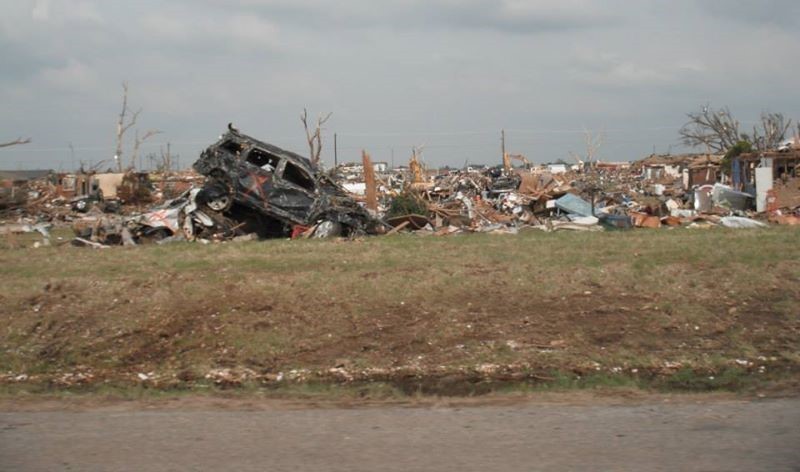
“The best-laid schemes o’ mice an’ men,
Gang aft a-gley,
An’ lea’e us nought but grief an’ pain,
For promis’d joy.“
Robert Burns
Robert Burns was right, clear back in the 1700’s. No matter how well we plan, our plans often go awry. Unfortunately, the result far too often is grief and pain. Time and tides conspire against us, and we need to be ready to deal with both.
A history lesson from two continents.
Some of us have been fortunate enough to spend time enjoying Puget Sound in the Pacific northwest. Amid the islands and waters, three abandoned forts stand as relics from another age. All three share the same history:
In the late 1890’s the entrance to Puget Sound was considered so strategically important that three forts were designed and built to protect it: Fort Worden, Fort Casey and Fort Flagler. The forts were built as state-of-the-art installations, including large guns on retracting carriages, allowing reloading to be performed safely behind massive concrete emplacements. In addition to the rifled guns, mortar installations were built into the hills supporting the forts, again located on wheelable carriages to allow loading under protection of the installations before rolling out into the open to fire at any attaching forces.
The plan was that the three forts, with their guns protected from any sea attack, would render Puget Sound impregnable to attack. In 1901 the guns were put in place and the forts assumed ‘active’ status. Puget Sound was safe, supposedly.
In 1903, only two years later, the airplane was invented. Rapid development of aircraft led to almost immediate decommissioning of the three forts, and during World War I their armament was hauled away for other uses. Three forts, decades in planning and construction, rendered obsolete and unusable within a few short years.
Across the Atlantic, the same type of ‘impregnable’ defenses were being built in France. For almost a decade starting in 1929, France constructed a line of defenses along its borders with Italy, Switzerland, Germany, and Luxembourg. This ‘Maginot Line‘, based on lessons learned from World War I, was designed to force invading armies to attack where the French army could easily defend itself. Construction of this secure line of defense was completed in 1938.
Two years later, Germany invaded France. In the same way that the French had based their defensive strategy on lessons learned from World War I, the Germans had learned new offensive strategies. Using new weapons and tactics, Germany simply went around and over the Maginot line, conquering France and neighboring countries in six weeks.
In both cases, emerging technology and strategies rendered state-of-the-art plans useless. In both cases, ‘disruptive technology’ of aircraft proved fatal to established plans. ‘Blitzkrieg’ tactics rapidly overcame slow and traditional defenses. It took less than a decade for warfare to change, less than a decade to render once-current strategy and technology useless.
What about us?
What does this have to do with us? What does it have to do with our planning? Likely obvious, but here are a few points:
- Change comes rapidly, and is often unforeseen
Designers of American and French defenses planned as well as they could. They simply couldn’t conceive of new technology and tactics that were coming. We all comment on how fast change is occurring today. If it was fast enough to disrupt even in the early 1900’s, how much faster will change disrupt our plans today? - Technology changes everything
Who would imagine that a wood and cloth airplane could put a 125-ton gun out of commission? Who would think that an army could advance so rapidly that defenses couldn’t react? Motor vehicles and aircraft changed warfare in less than a decade. Today’s technology is even more intrusive, and more rapidly intrusive. - Strategy changes with technology
France built an impregnable line of defense. Germany used new technology to develop new strategies of warfare. The result? France surrendered to Germany even while much of the Maginot Line was intact, manned by troops ready to fight. - Tactics must adapt
American forts were immediately useless against attackers. Attacking ships could stand off miles out of range while aircraft rendered American guns useless. Of course this didn’t happen; America has been blessed with the isolation of oceans. But the capability turned the forts into training facilities. The capability of aircraft to defeat sea power was later tested and proven by US forces in World War II.
One common lesson from all this: Even while we need to be ready for responses today, we need to remember that our tools and tactics may be ineffective tomorrow.
What do we do now?
What
actions can we take to be sure we’re keeping current?
- When was your crisis communication plan last reviewed?
It should have the date right on the front of it. I’ve seen plans last updated a decade ago. Plans should be reviewed annually and updated as frequently as needed. If forts could become worthless within two years in 1903, how much time do we have today? - What new technologies are impacting communications?
What is new today, and how will it affect you tomorrow? What would the capability of Blitzkrieg do to defense plans? What do emerging communication platforms do to your message management? - What strategies are changing communication?
Organizations are monitored and attacked differently today. Crises aren’t all caused by operational events today. Many organizations suffer more damage from issues, activism or victim advocacy than they do from accidents. Like the Maginot Line, we can be ready for the wrong war, and completely equipped when it comes. Are you ready for ‘asymmetrical warfare’ where the threat is dispersed but potent? - What’s changing culturally?
This isn’t the Eisenhower years when businesses were noble and progress was good. Old advertisements featuring conspicuous consumption aren’t driving buying decisions any more. Actions and words considered good and noble a decade ago are seen is insensitive or pandering today. We can’t get away with ‘trust us’ any more.
The bottom line
If your crisis communication plan is a decade old, it desperately needs review and certainly needs extensive revision. If your organization’s leadership aren’t focusing forward on emerging trends, breaking issues and cultural changes, they need awakening. If your strategies and tactics look like they did in 2010, you’re in trouble.
It’s time to find your Plan, brush it off and look it over. While you’re at it, your organization’s physical response plans likely need the same look-over. They most likely reflect Maginot thinking as well.
If you want to talk about this more, contact me.
I can help you evaluate your current Plan readiness, conduct a formal Plan review or offer strategy suggestions to awaken your leadership to the danger they’re in. Who knows, it might even save money, even a reputation or two!



